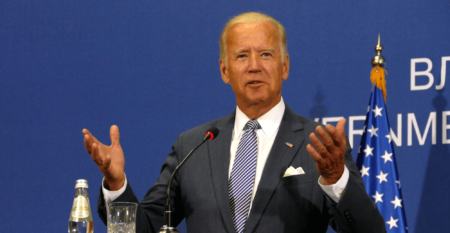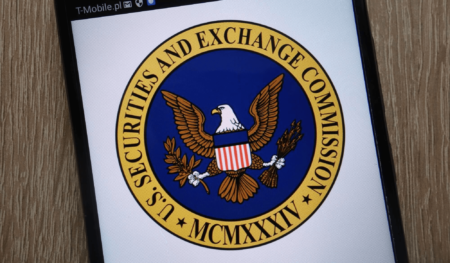Selected articles of the week:
The looming energy crisis in Europe is once again putting the power consumption of the Bitcoin network on the agenda of crypto critics. The energy-intensive “proof of work mining” on which the network is based leaves individual critics even calling for a ban on Bitcoin. Statements such as “a Bitcoin transaction consumes as much electricity as an entire household in one and a half months” leading to misleading falsehoods. What is not being said enough in the newly reignited debate is that the Bitcoin network is the first globally distributed decentralized payment network that has reliably and unrestrictedly guaranteed every participant the protection and transfer of his digital values for over 10 years. The underlying asset token Bitcoin thus represents much more than just a speculative cryptocurrency. How much energy should a censorship-resistant global network, which more and more people in developing countries are relying on, cost? Does the free market not provide the most efficient proof of existence? A look at the total amount and origin of resource consumption helps to put Bitcoin’s energy consumption into context and in relation to other areas of application.
In the current energy crisis, voices around Bitcoin’s electricity consumption are getting louder. A detailed analysis of the facts.
In March of 2022, the current U.S. President Joe Biden took up the issue of crypto regulation for the first time in his administration via an executive order. What was at the time merely a call to industry representatives and regulatory bodies could soon be codified into a more comprehensive framework. The design of such a framework would be an important step in the maturity of the industry, but if interpreted restrictively, it risks stifling innovation.
After the execution order on March 9, the Biden administration published the first framework for the regulation of crypto assets.
The regulatory landscape in the United States is complex due to the large number of parallel working agencies. While a framework will soon be in place, the enforcement of the rules remains with different regulators. In the front line is the US Securities and Exchange Commission (SEC), which, under the leadership of former Goldman Sachs investment banker Gary Gensler, is seeking decision-making power over the majority of cryptocurrency issuance and trading regulations.
Under Gary Gensler’s leadership, the U.S. Securities and Exchange Commission (SEC) is attempting to gain jurisdiction over the crypto industry.
Switzerland has established itself as one of the leading locations for cryptocurrency companies. In the so-called “Crypto Valley” numerous companies have settled and many startups have been founded around the area of digital assets. This early development of the industry did not go unnoticed by domestic financial institutions. As the example of Swissquote demonstrates, innovative companies from the traditional financial sector quickly adapted to the new environment. Meanwhile, crypto business accounts for about 20% of the online bank’s revenue. Head of Institutional Sales Robin Lemann outlines to CVJ.CH the emergence and future of the company’s strategy around digital assets.
Robin Lemann talks to CVJ.CH about the history, strategy and future of digital assets at Swiss online bank Swissquote.
In addition: Nasdaq, the owner and operator of the second-largest trading exchange in the U.S., established a digital assets division this week. According to the exchange operator, the technology underlying the digital assets ecosystem has the potential to change financial markets in the long term. The decision is the latest in a string of Wall Street titans stepping up investments in the crypto ecosystem due to continued interest from their institutional investors, despite the overall market decline.
Nasdaq, the owner and operator of the second-largest stock exchange in the United States, is launching a group dedicated to digital assets.









